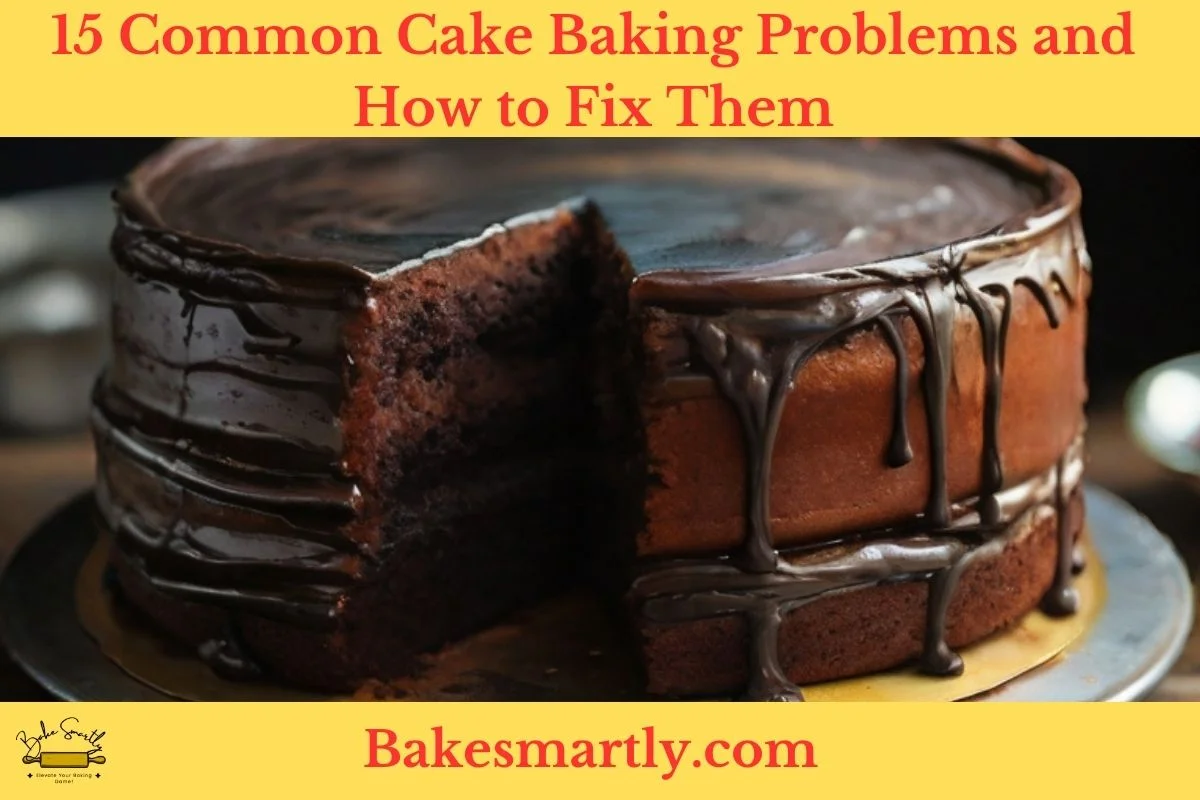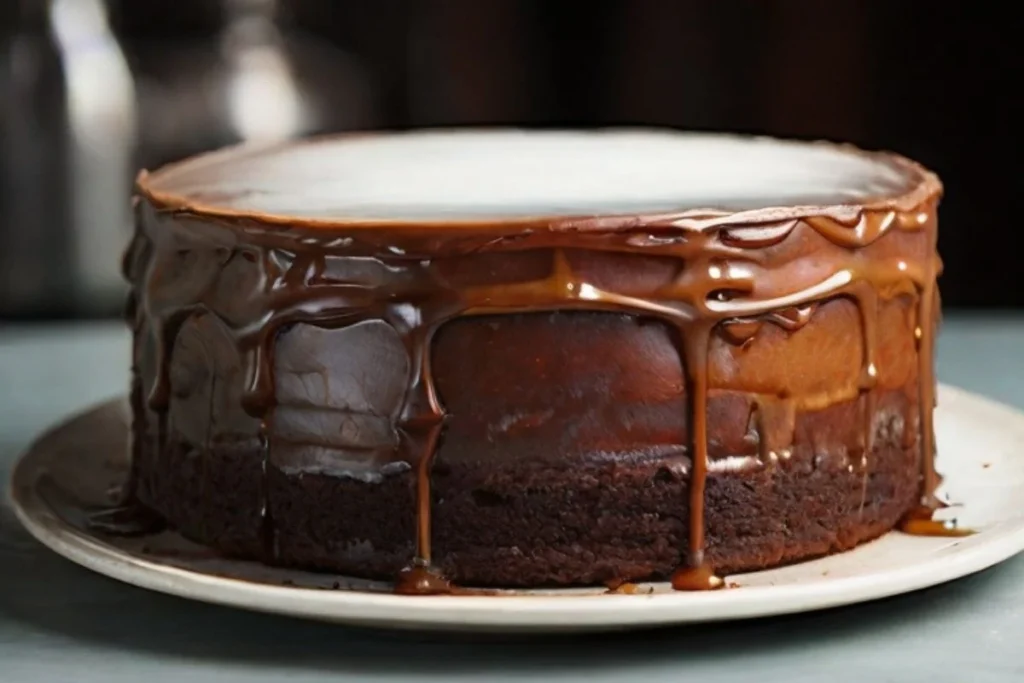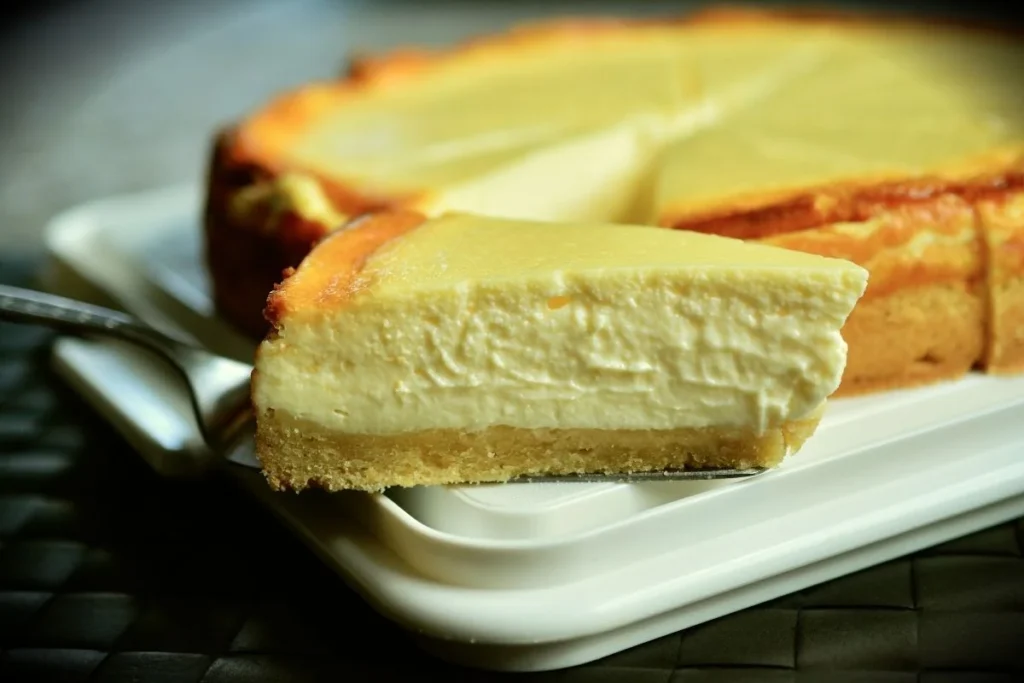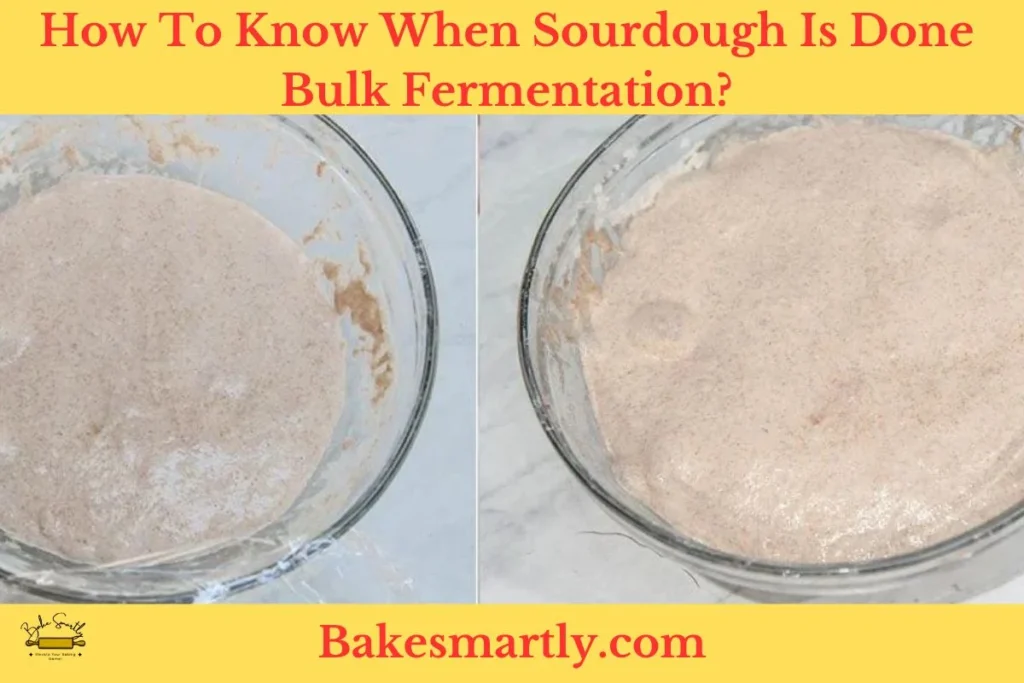
15 Common Cake Baking Problems and How to Fix Them
Baking a delicious and visually appealing cake can be a rewarding experience, but it’s not always smooth sailing in the world of baking. Many homebakers encounter various issues that can affect the outcome of their cakes.
In this comprehensive guide, we’re going to explore 15 common cake baking problems and provide detailed solutions to help you troubleshoot and achieve perfect results every time.
Table of Contents
Toggle1. Cake Rises Unevenly
If your cake is rising unevenly, you might end up with a lopsided or oddly shaped final product. Several things can cause this, like uneven oven temperatures, inaccurate ingredient measurements, or overmixing the batter.
To fix uneven rising, start by making sure your oven is properly preheated and invest in an oven thermometer to double-check its accuracy. Be meticulous with ingredient measurements, especially with flour, as too much can lead to uneven rising.
Also, avoid overmixing the batter, as it can introduce too much air and mess with the cake’s structure. If your cake still rises unevenly, think about getting cake strips to regulate the temperature around the cake pan and ensure even baking.
2. Cake Tops Crack
Cracks on the top of your cake can be disappointing, especially when you’re going for a smooth finish. Common causes include overmixing the batter, sudden temperature changes, or the oven being too hot.
To prevent cracks on your cake top, gently mix your batter until just combined to avoid excessive air. Let your ingredients come to room temperature before mixing for even incorporation.
Watch out for temperature changes, as placing a cold batter into a hot oven can cause cracks. If cracks persist, try lowering the oven temperature a bit and place a shallow pan of water on the rack below the cake to add moisture and prevent drying.
3. Cake Overflows
Experiencing a cake overflow in the oven is not only messy but can result in unevenly baked and potentially undercooked parts. This usually happens due to overfilled pans, incorrect oven temperature, or using the wrong-sized cake pan.
To prevent overflow, follow the recipe guidelines for pan size and filling capacity. Never fill the pan more than two-thirds full to allow for proper expansion during baking.
Check your oven temperature with an oven thermometer to ensure accuracy, as an oven that’s too hot can contribute to overflow. If using a dark-colored pan, lower the oven temperature slightly to prevent excessive browning on the edges and reduce the risk of overflow.

4. Sunken Cake
A sunken cake can be disappointing and may happen for various reasons, including underbaking, overmixing, or sudden temperature changes.
To remedy a sunken cake, ensure you bake it for the recommended time and use a toothpick or cake tester to check for doneness. If the cake is underbaked, the center may collapse. Avoid overmixing the batter, as too much air can weaken the cake’s structure.
Gradually cool the cake in the turned-off oven with the door ajar to minimize sudden temperature changes. Additionally, consider reducing the leavening agents in the recipe if you consistently experience sunken cakes.
5. Cake Sides Collapse
Collapsing sides of a cake can happen due to factors like overmixing, underbaking, or insufficient structural support.
To prevent cake sides from caving in, be cautious not to overmix the batter, as it can weaken the structure and lead to collapse. Ensure proper baking time, checking for doneness with a toothpick.
If the center is still moist, continue baking and cover the top with foil to prevent over-browning. Consider adding a stabilizing ingredient, like a tablespoon of cornstarch or flour, to provide extra support to the cake structure.
6. The cake Batter is Too Stiff
Dealing with overly stiff cake batter can make baking a challenge, resulting in a dense and less-than-ideal final product. Common causes include overmixing, using cold ingredients, or inaccurate measurements.
To address stiff cake batter, make sure your ingredients are at room temperature before mixing, as cold ingredients can lead to a thicker consistency. Be cautious not to overmix the batter, as this can result in excessive gluten development and a stiff texture.
If the batter remains too stiff, gradually add small amounts of liquid (like milk or water) until it reaches a smoother, more pourable consistency. Adjust the quantity of added liquid carefully, as too much can negatively impact the final texture of the cake.
7. Flat and Dense Cakes
Flat and dense cakes can be disappointing, and various factors may contribute to this issue, including expired leavening agents, inadequate mixing, or incorrect oven temperature.
To remedy flat and dense cakes, start by checking the expiration date of your baking powder or baking soda. Fresh leavening agents are crucial for achieving proper rise and a light texture. Ensure that you mix the batter thoroughly, incorporating enough air for leavening.
Additionally, confirm that your oven is preheated to the correct temperature, as baking in an oven that is too cool can result in a flat and undercooked cake. Experimenting with different leavening agent quantities or using alternative leavening agents may also help achieve a lighter texture.
8. Gummy Cake Texture
A gummy texture in a cake can be unappetizing and may occur due to underbaking, using too much liquid, or an imprecise combination of ingredients.
To eliminate a gummy texture, make sure to bake the cake for the recommended time and use a toothpick or cake tester to check for doneness. If the toothpick comes out with moist crumbs, the cake needs additional baking time.
Adjust the liquid content in your recipe, ensuring that you measure accurately. Too much liquid can result in a gummy texture. Experiment with reducing the liquid slightly and increasing the baking time until the desired texture is achieved.

9. Dry and Crumbly Texture
A dry and crumbly cake texture can be a consequence of overbaking, inadequate moisture, or excessive flour in the recipe.
To combat a dry and crumbly texture, monitor the baking time closely and check for doneness using a toothpick or cake tester. If the toothpick comes out clean or with only a few dry crumbs, the cake is likely overbaked. Adjust the baking time accordingly to achieve a moist texture.
Increase the moisture content by adding ingredients like yogurt, sour cream, or applesauce to the batter. Additionally, review your flour measurements, as too much flour can absorb excess moisture, resulting in a dry and crumbly texture.
10. Soggy or Wet Center
Encountering a soggy or wet center in your cake can be frustrating and is often attributed to underbaking, improper ingredient ratios, or uneven oven temperatures.
To eliminate a soggy or wet center, extend the baking time as needed, ensuring that the center is fully cooked. Use a toothpick or cake tester to check for doneness, and if it comes out with wet batter, continue baking. Verify that your oven temperature is consistent, as uneven temperatures can lead to uneven baking.
If the wet center persists, review your ingredient ratios, paying attention to the balance between wet and dry ingredients. Adjusting the recipe or using alternative ingredients may help achieve a more evenly baked and moist cake.
11. Cake Is Burning on the Bottom
Experiencing a burnt bottom on your cake can be frustrating, and it often occurs due to factors such as uneven oven temperatures, dark-colored pans, or placing the cake too close to the oven’s heating element.
To prevent the bottom of your cake from burning, ensure that your oven is properly calibrated and that the temperature is consistent. Consider placing an oven rack in the center position to avoid direct contact with the heating element.
If you’re using a dark-colored pan, reduce the oven temperature slightly to prevent excessive browning. You can also place a baking sheet or a layer of parchment paper under the cake pan to create a barrier and protect the bottom from direct heat.

12. Overly Browned Edges
Overly browned edges can detract from the overall appearance and taste of your cake. This issue is commonly caused by high oven temperatures, prolonged baking times, or using dark-colored pans.
To prevent overly browned edges, ensure your oven is calibrated to the correct temperature. Reduce the oven temperature slightly if you notice the edges browning too quickly.
Additionally, consider using a light-colored or aluminum cake pan, as dark pans absorb more heat and can lead to excessive browning. Shielding the edges with aluminum foil during the latter part of the baking process can also help maintain a more even color throughout the cake.
13. Cake Is Sticking to the Pan
Dealing with a cake that sticks to the pan can be a challenge, and it may result from inadequate greasing, using old or damaged pans, or removing the cake from the pan too soon.
To prevent sticking, thoroughly grease and flour the cake pan, ensuring all crevices are covered. Consider using parchment paper to line the bottom of the pan for an added layer of protection.
Allow the cake to cool in the pan for 10-15 minutes before attempting to remove it, as removing it too soon can cause it to stick. If the cake still sticks, run a knife around the edges and invert the pan to release the cake gently.
14. Fruit Falling to the Bottom
When fruit sinks to the bottom of the cake during baking, it can create uneven distribution and affect the overall presentation. This issue often occurs when using fresh or heavy fruit in the batter.
To prevent fruit from falling to the bottom, toss it in a light coating of flour before incorporating it into the batter. This helps the fruit adhere to the batter and distributes it more evenly throughout the cake.
Alternatively, consider using dried fruit, which is lighter and less likely to sink. Another method is to layer the fruit in the middle of the batter instead of mixing it throughout, which can help distribute the weight more evenly.

15. Bitter Cake After Baking
Encountering a bitter taste in your cake can be disappointing and is usually linked to factors such as overmixing, overuse of leavening agents, or using ingredients with high alkaline content.
To avoid a bitter taste, be cautious not to overmix the batter, as excessive mixing can lead to the development of bitter compounds. Use leavening agents in the recommended quantities, as an excess can contribute to a bitter flavor.
Check the expiration dates on your ingredients, as old or stale ingredients can also impact the taste. Additionally, consider balancing the acidity in your recipe by adding a touch of sweetness or using ingredients like buttermilk or yogurt to counteract bitterness.
Conclusion
In conclusion, becoming a pro at baking cakes requires paying close attention to details and having a good grasp of potential problems.
Our complete guide addresses 15 common cake baking challenges in cake baking, providing specific solutions to make sure your cakes rise evenly, stay crack-free, and have the perfect texture.
We cover everything from preventing overflow disasters to fixing issues like sunken centers or overly browned edges. By following our troubleshooting tips, you’ll not only improve your baking skills but also ensure delicious results every time.
So, get ready to roll up your sleeves, armed with knowledge, and start your journey to baking perfection. Happy baking!
Lindsey Mackenzie
About me
Hi there! I’m Lindsey Mackenzie, the founder of Bake Smartly. Baking has been my passion since childhood, growing up in my father’s bakery. With Bake Smartly, I’m excited to share my love for all things sweet and savory. Join me on this delicious journey as we whip up scrumptious treats and sprinkle joy into every bite!





